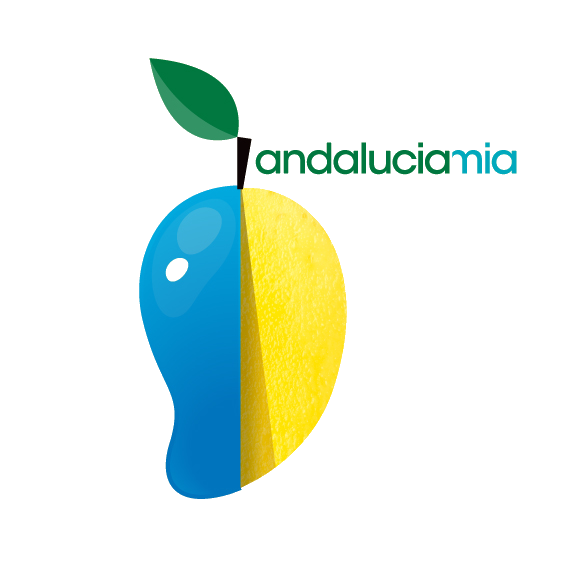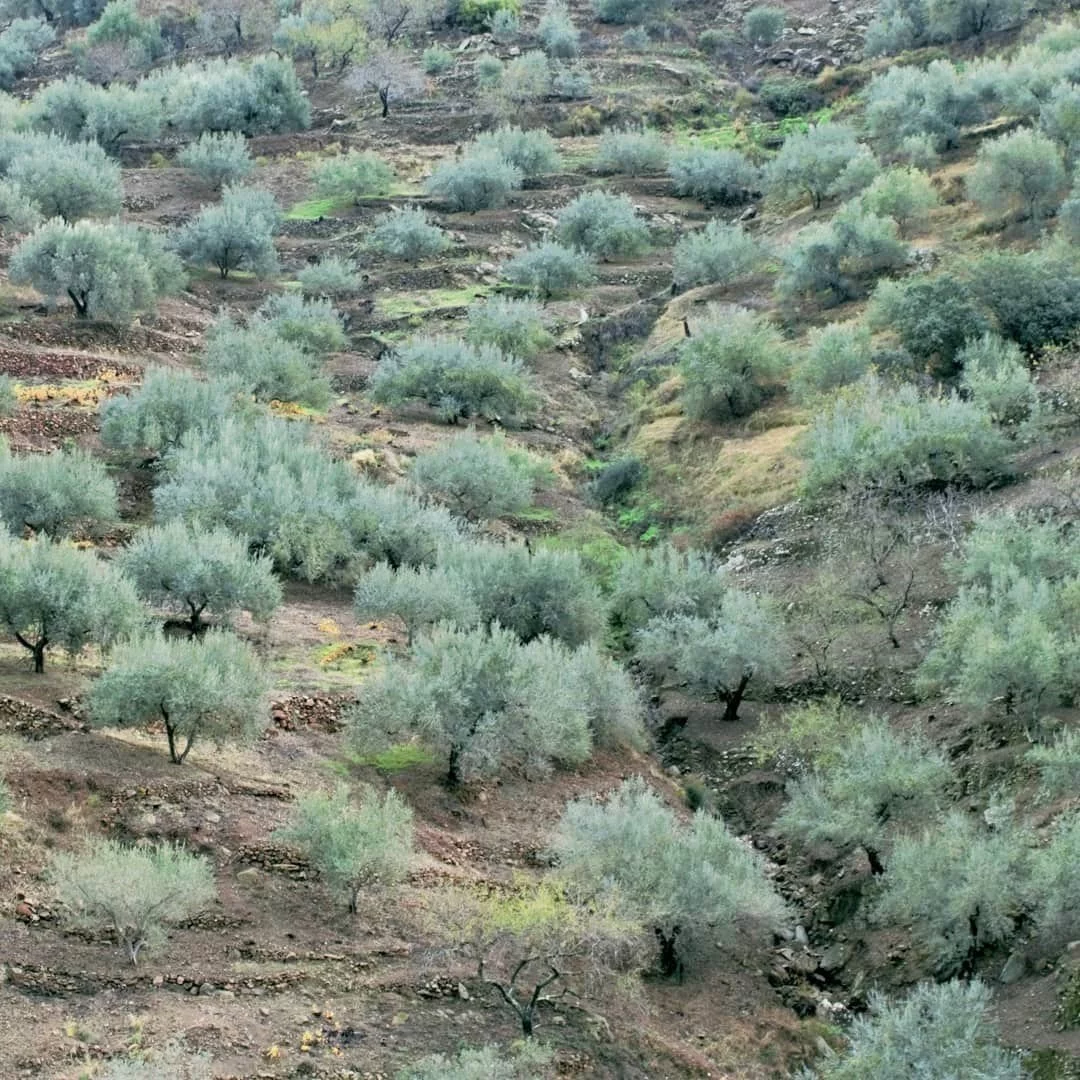Dry stone walling in Andalucia in Axarquia
Axarquia's landscape
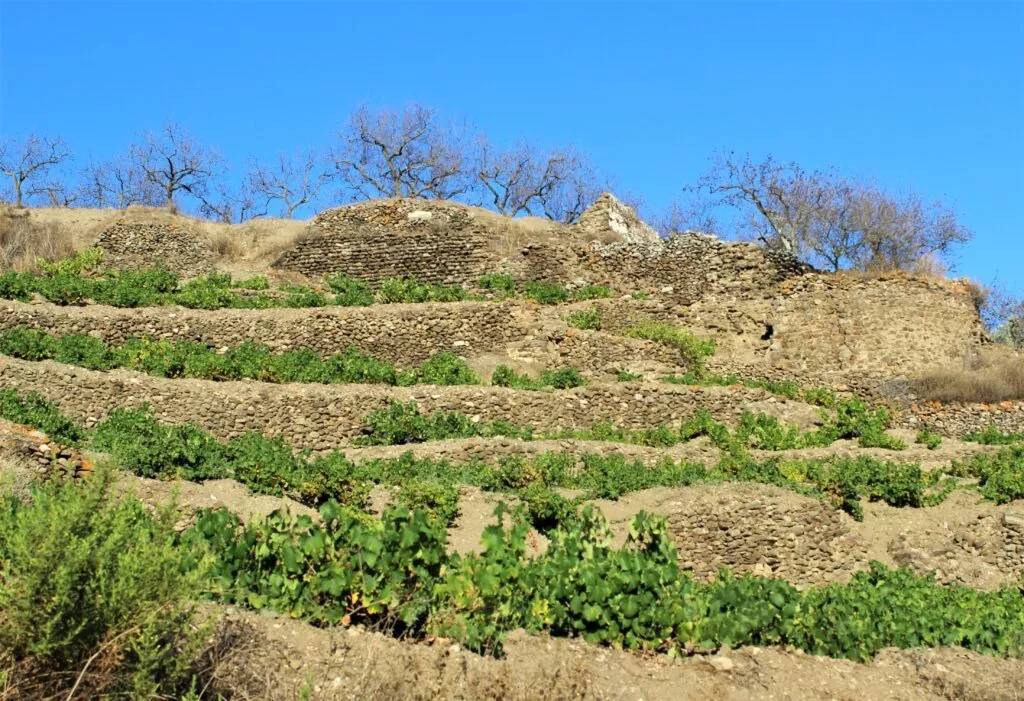
These dry stone walling, balates, are part of the Intangible Cultural Heritage of Humanity
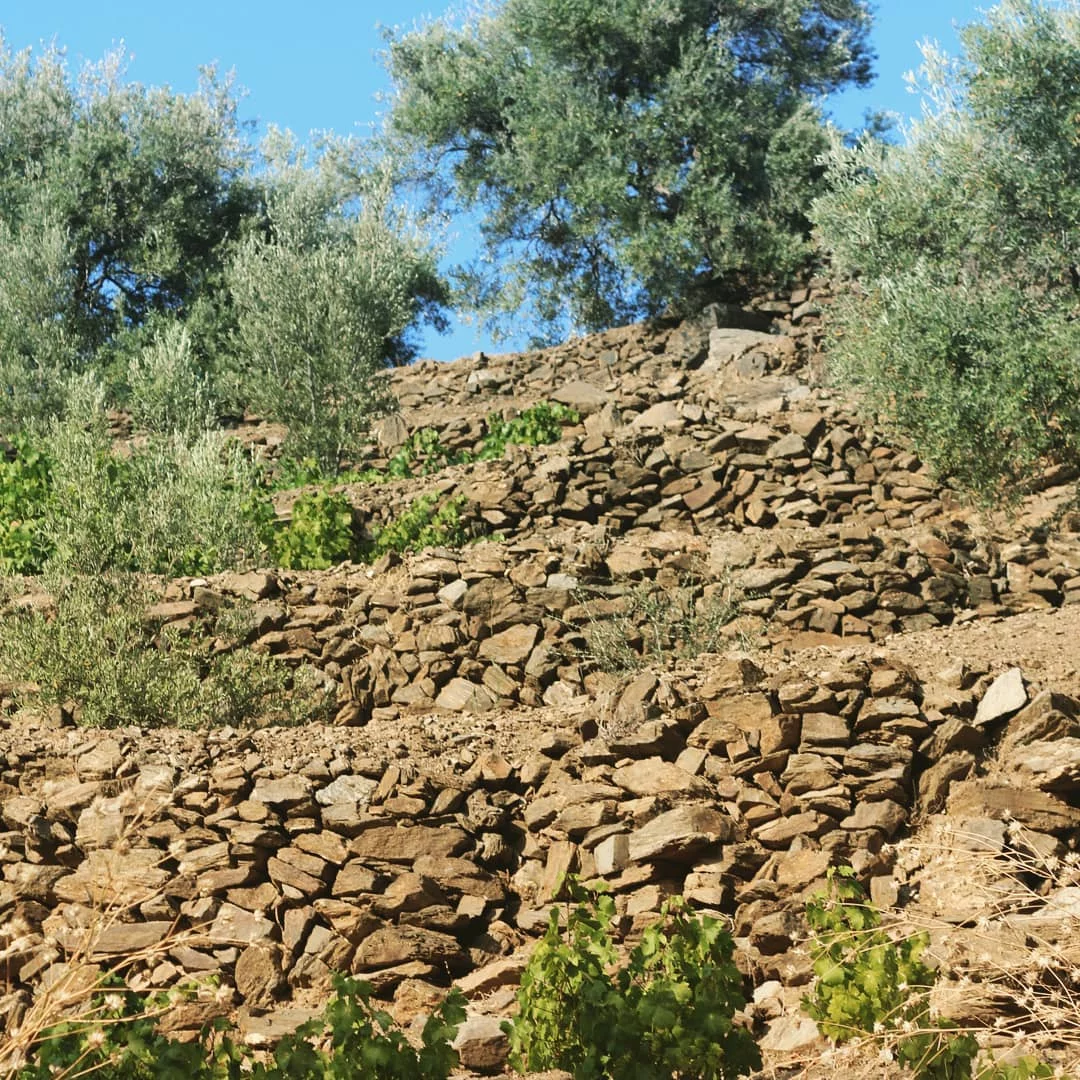
In Axarquia, you will see them almost everywhere as soon as you travel among the white villages of the interior.
Over the centuries, these dry stone walling have shaped the landscape, along with terraced crops. There were no other options for cultivating the surrounding mountain sides. This was first the case with vineyards, then with fields of almond and olive trees.
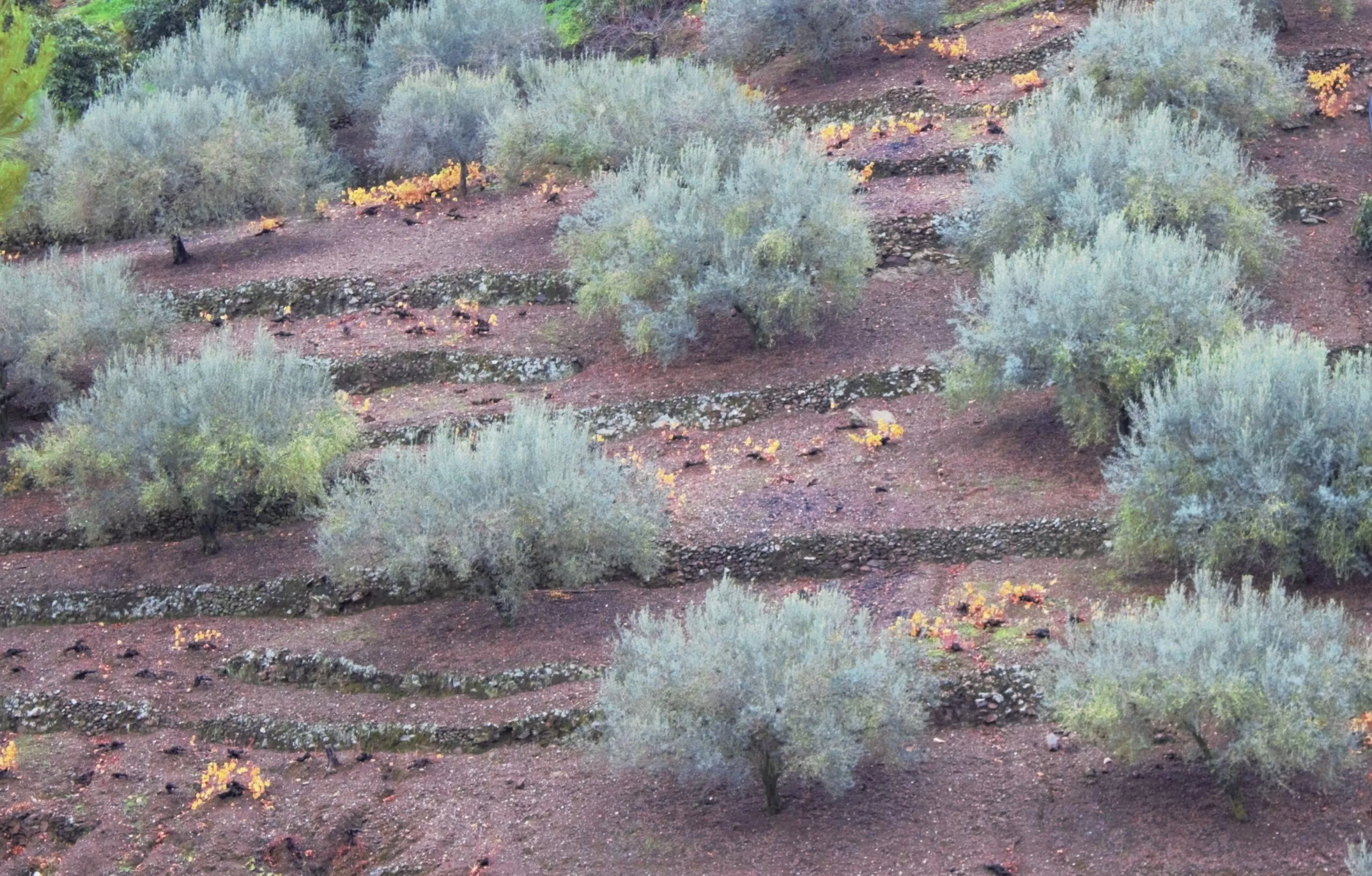
This is also the reason why you will not see tractors. The tools are like centuries ago: human hand, donkeys, mules, and horses.
The trend was towards the disappearance of these balates , but the local administration is starting to showcase this incredible heritage. Especially since it is the most sustainable way to maintain an agriculture respectful of the environment and the populations.
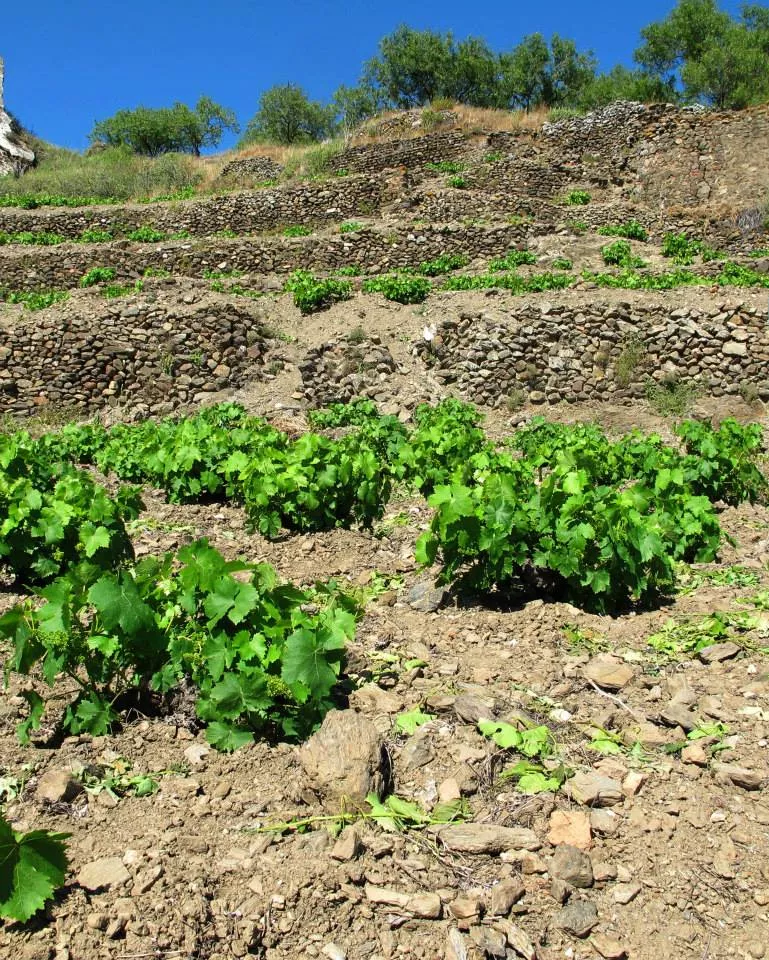
There is a whole ecosystem of plants and animals around the balates . Some passionate men invest a lot locally. I want to quote Mr. José Antonio Pretel, in the form of a tribute to the work he does.
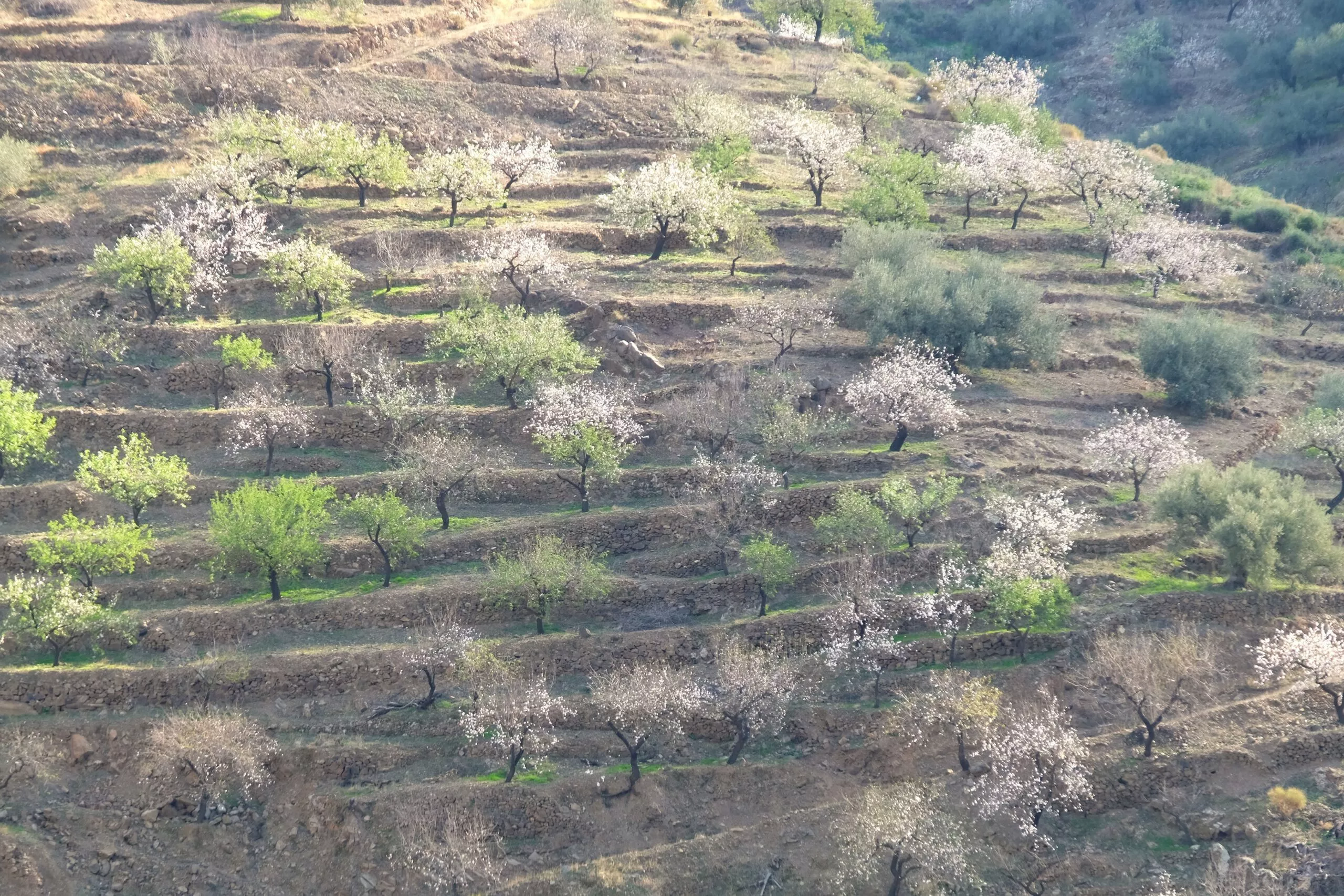
If you want to see the best concentration of balates, I advise you to take the road from Velez-Malaga to Corumbela, passing through Arenas and Daimalos .
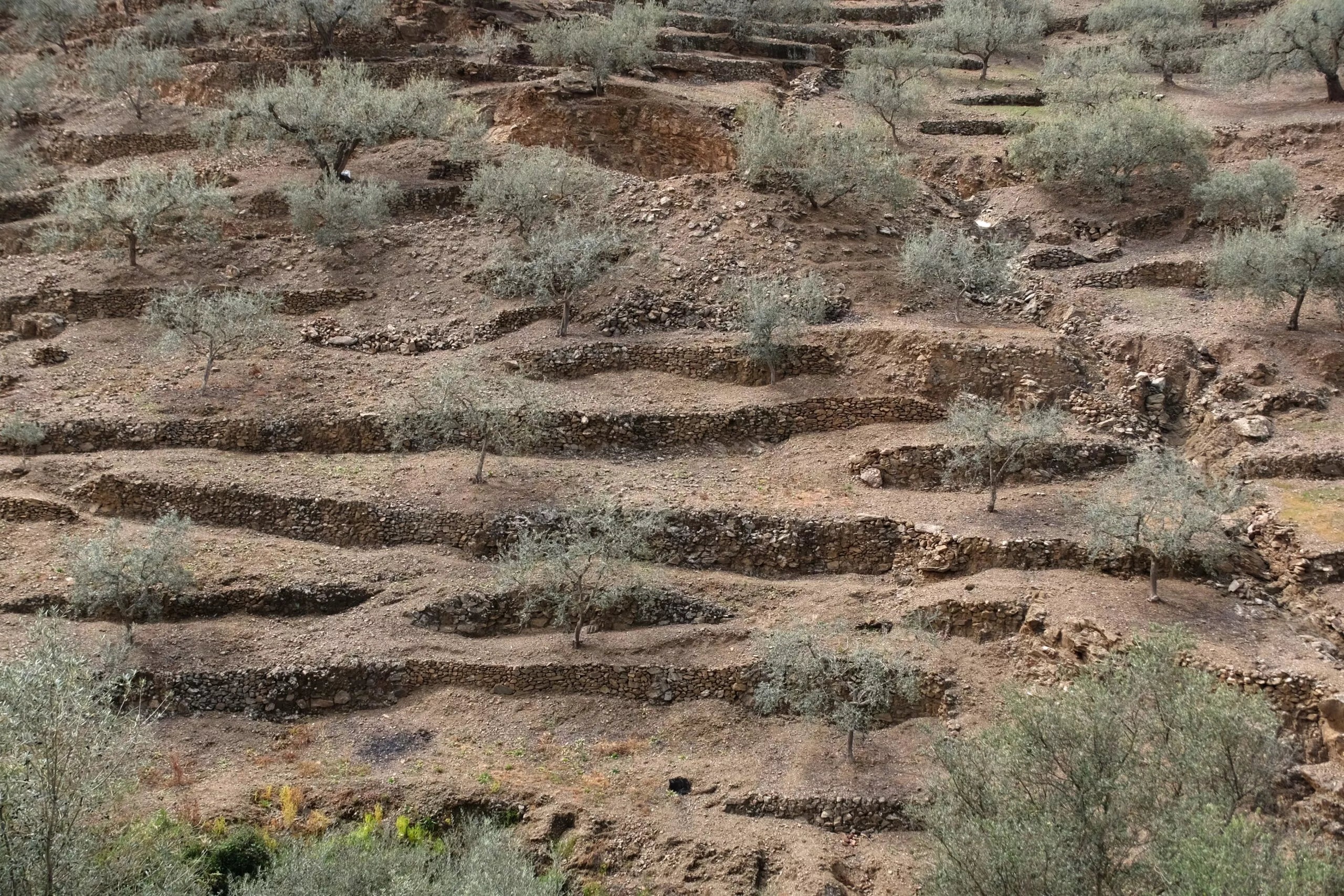
The latest articles on Andalucia
-
Interactive map of Andalucia with best places to see
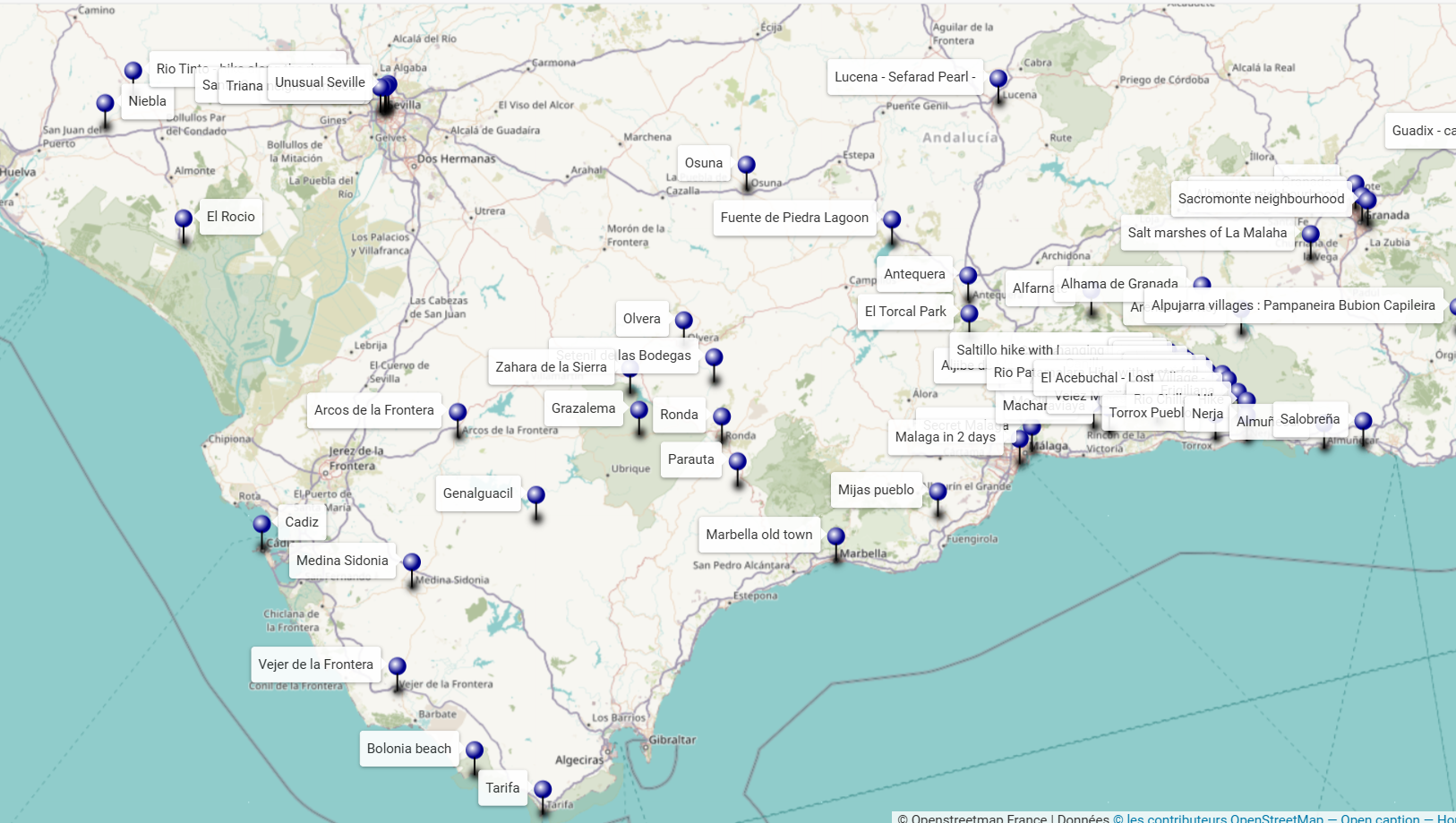
An interactive map of Andalucia to discover the sites to see around your holiday destination or to prepare a tour or road-trip.
-
Andalusia off the beaten track : 18 gems
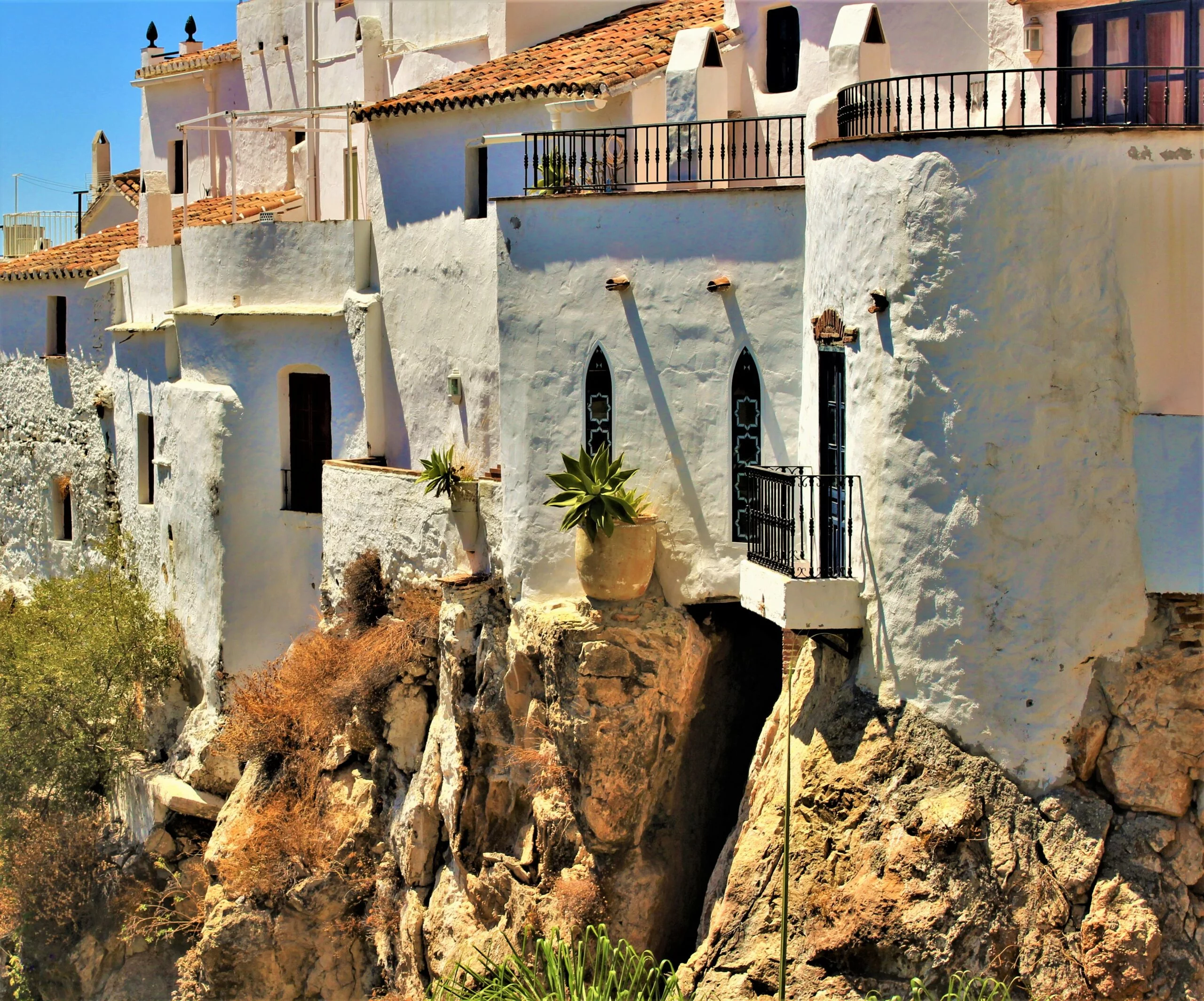
Let’s immediately set off to discover an Andalusia off the beaten track. There are many wonders to discover.
-
19 Most beautiful white villages in Andalusia

Discovering the most beautiful white villages of Andalusia. These villages are the only ones to be part of the Pueblos más bonitos de España.
-
Unusual Andalusia – 15 Very Surprising Places –
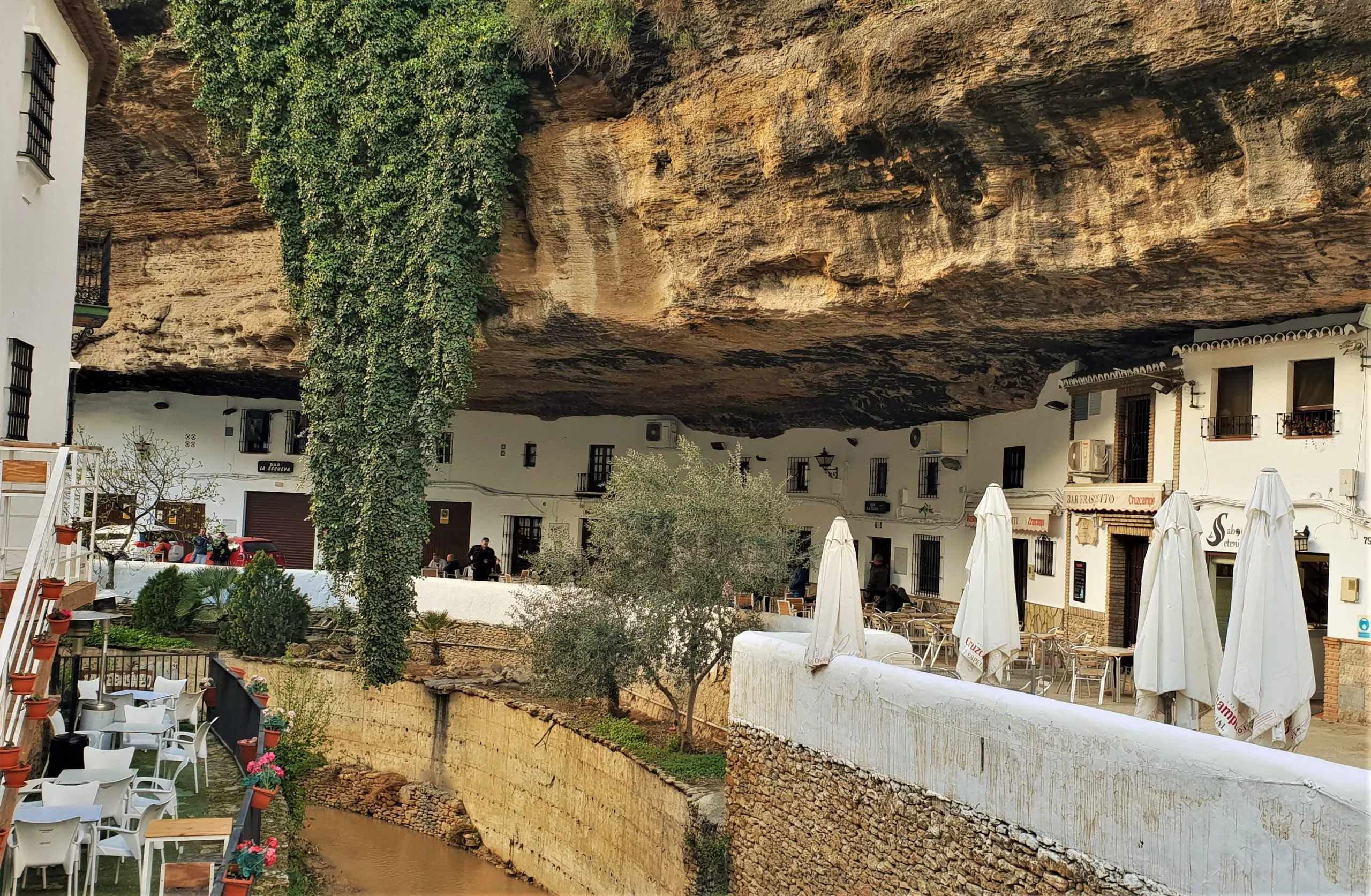
Unusual Andalusia: discover the most surprising and wonderful places in southern Spain.
